“Do you know? There are about 50,000 fitness influencers on Instagram in 2025, and this number is up by roughly 35% within the last year.”
Today, fitness bloggers are not just sharing workout routines; they’re building empires, influencing millions, and reshaping the fitness industry. Whether you want to make fitness content that inspires others or create a blog fitness platform that generates income, there’s never been a better time to enter this space. It’s easy to get started as a fitness blogger today, with accessible tools and platforms.
From Instagram influencers showcasing their exercise routines at the newest demo gym to YouTube stars sharing meal prep tutorials, fitness content creators have become the new celebrities of our health-conscious lifestyle era. But what’s driving this phenomenon, and how can you carve out your own space in this booming industry?
In this comprehensive guide, we’ll explore the explosive growth of the fitness blogging industry, including insights into muscle development and why it matters. We will also provide you with a step-by-step roadmap to launch your successful fitness blogger career. These are exciting times for aspiring fitness bloggers. You might be a certified personal trainer or simply someone inspired by your own fitness path. Let’s take a deeper look at what it takes to become one.
The Explosive Growth of Fitness Blogging: By the Numbers
So, let’s have a look at what the statistics say about fitness blogger:
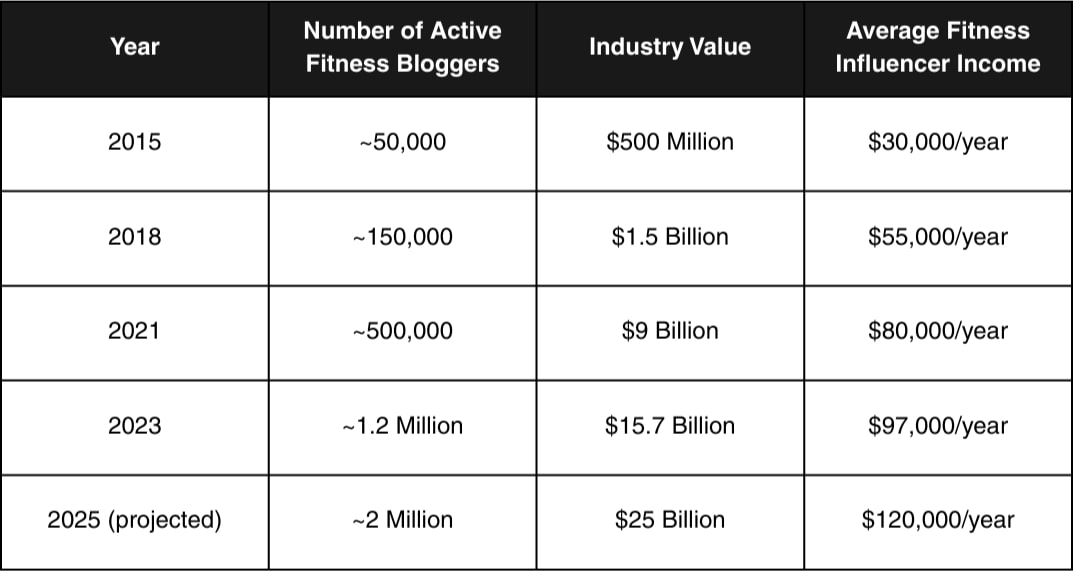
The statistics tell a clear story: fitness blogging has experienced exponential growth, and the trajectory continues upward. The impact of fitness bloggers is evident not only in the rapid expansion of the health and fitness industry but also in the way they inspire and influence people’s lives and well-being. What started as hobbyists sharing their blog fitness journeys and muscle-building tips has evolved into a professional lifestyle industry. The top creators can earn six or seven-figure incomes.
Why Fitness Blogging Has Exploded in Popularity
1. Post-Pandemic Wellness Focus
The COVID-19 pandemic fundamentally changed our relationship with health and fitness. When gyms closed and people were confined to their homes, they turned to online fitness content. This shift helped many develop new fitness and wellness habits at home, encouraging consistency and adaptability in daily routines. This created an unprecedented opportunity for fitness bloggers to provide home workout solutions and mental health support.
2. The Democratization of Fitness Knowledge
Before the internet, fitness knowledge was gatekept by certified professionals and expensive gym memberships. Today, anyone can learn proper form, nutrition principles, and exercise science through free online content. This has created a massive audience eager to develop a habit of accessing accessible fitness information. People are now using online platforms to learn new exercises, plan routines, and apply fitness knowledge in their daily lives.
3. Authenticity Over Perfection
Modern audiences crave relatable content. Today’s successful fitness blogger isn’t necessarily the person with the “perfect body,” but rather someone who documents their genuine journey, complete with setbacks and small victories. This shift has opened doors for creators of all body types and fitness levels.
haring real experiences means that fitness bloggers foster a feeling of connection and support among their followers.
4. Diverse Revenue Streams
The modern blog fitness business model extends far beyond traditional advertising:
- Sponsored content partnerships
- Digital products (workout programs, meal plans)
- Physical merchandise
- Coaching services
- Affiliate marketing
- App development
- Book deals
- Speaking engagements
- Licensing deals
This diversification of income has made fitness blogging financially sustainable as a career path, allowing creators to earn every day.
Who’s Leading the Fitness Blogging Revolution?
The health and fitness blogger landscape includes a diverse range of voices and specialties:
- Kayla Itsines- Built a $700 million empire with her Sweat app, starting from simple blog fitness posts
- Joe Wicks (The Body Coach)- Gained global fame during the pandemic with his accessible home workouts
- Cassey Ho (Blogilates)- Pioneered online Pilates and built a multi-million dollar fitness empire
- Jeff Cavaliere (AthleanX)- Brings science-based training methods to mainstream audiences
- Massy Arias- Focuses on postpartum fitness and mental health
- Simeon Panda- Natural bodybuilding advocate with over 8 million followers
How to Start Your Own Fitness Blog: A Step-by-Step Guide
If you’re inspired to make fitness content that resonates with everyone and build your own platform, follow this comprehensive roadmap. Take the next step in your fitness blogging journey by using this guide to achieve greater growth and success:
1. Define Your Fitness Niche
The days of general fitness blogger content are behind us. Today’s successful creators focus on specific niches, including weight loss :
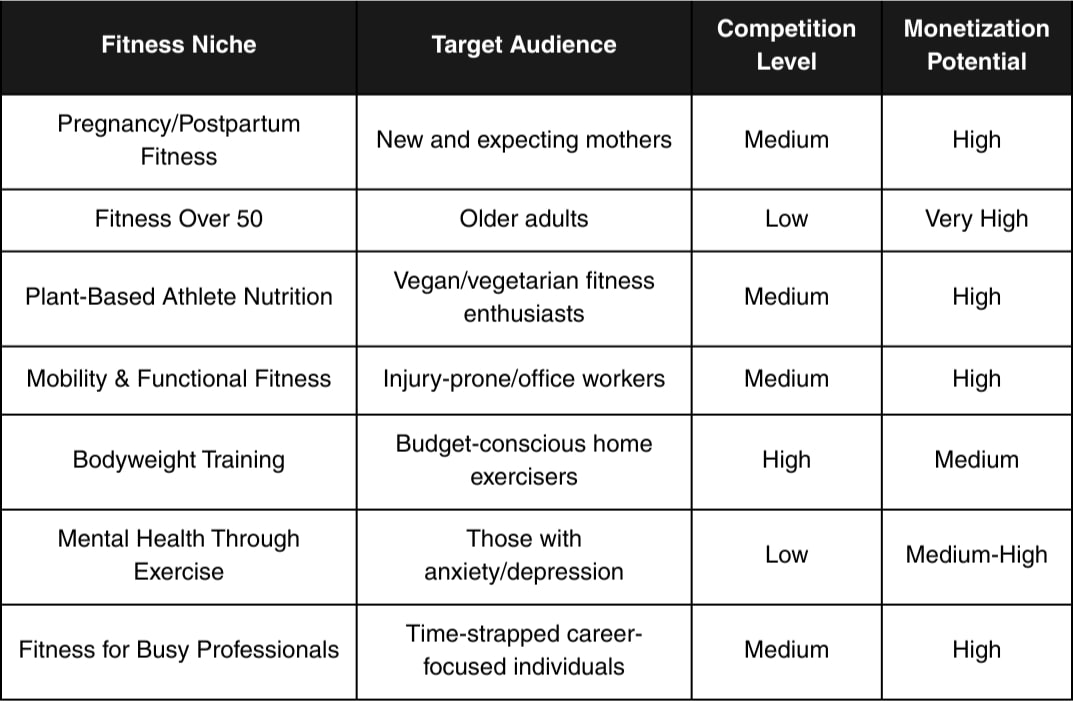
The key to choosing your niche is finding the sweet spot between:
- Your genuine expertise and passion
- Market demand
- Competition level
- Your unique perspective
Don’t just choose a niche because it seems profitable. Authentic passion shines through and is essential for long-term success in the fitness blogger world.
2. Develop Your Unique Value Proposition
With millions of fitness blogger accounts competing for attention, you need to clearly articulate what makes your approach a vital part of this competitive landscape. Ask yourself:
- What unique perspective do I bring to fitness?
- What specific problems can I solve for my audience?
- Why should someone follow me instead of established fitness creators?
- How does my content stand out from what’s already available?
Your UVP could be your personal transformation story, specialized knowledge, unique training methodology, or even your content delivery style. Whatever it is, it should be authentic to you and valuable to your target audience.
Also Read: How Much Do Fitness Influencers Make in 2025?
3. Choose Your Primary Platform
While you’ll eventually want to be present across multiple channels, it’s best to focus on mastering one platform first:
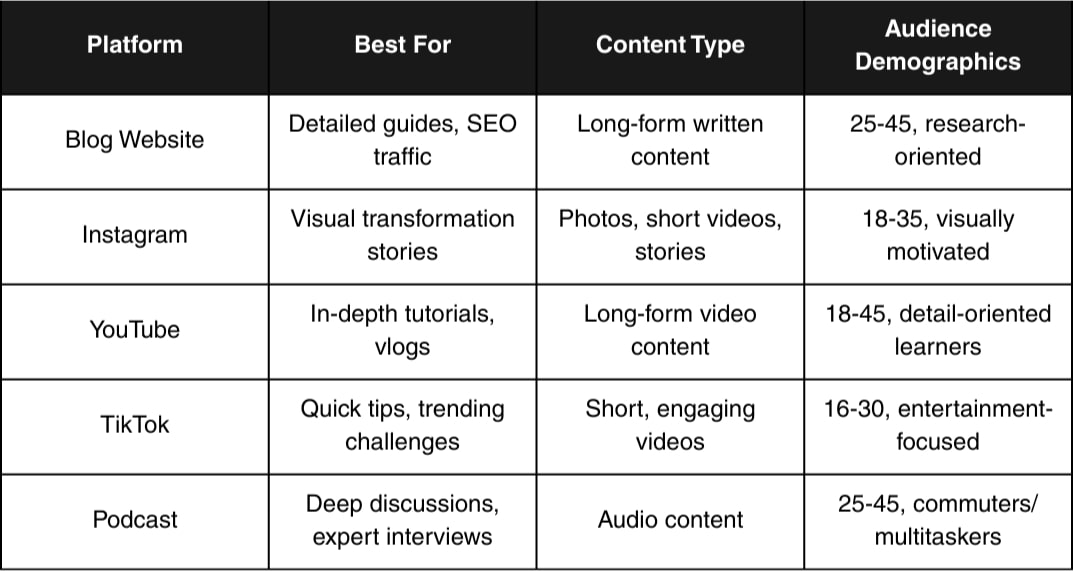
The best platform for your blog fitness content depends on:
- Your content creation strengths (writing, video, photography)
- Where your target audience spends their time
- Your long-term business goals
Many successful fitness bloggers start with Instagram for its relatively low production requirements, then expand to YouTube and a blog as they grow.
4. Create a Content Strategy
Consistency is the cornerstone of fitness success. Develop a realistic content schedule:

Your content should follow the 80/20 rule:
- 80% valuable, educational content that helps your audience
- 20% promotional content for your products/services
Remember to document your fitness journey authentically. Audiences connect with real people making progress, not just perfect specimens at the demo gym.
5. Invest in Basic Equipment
You don’t need a professional studio to start, but some basic equipment will significantly improve your content quality:
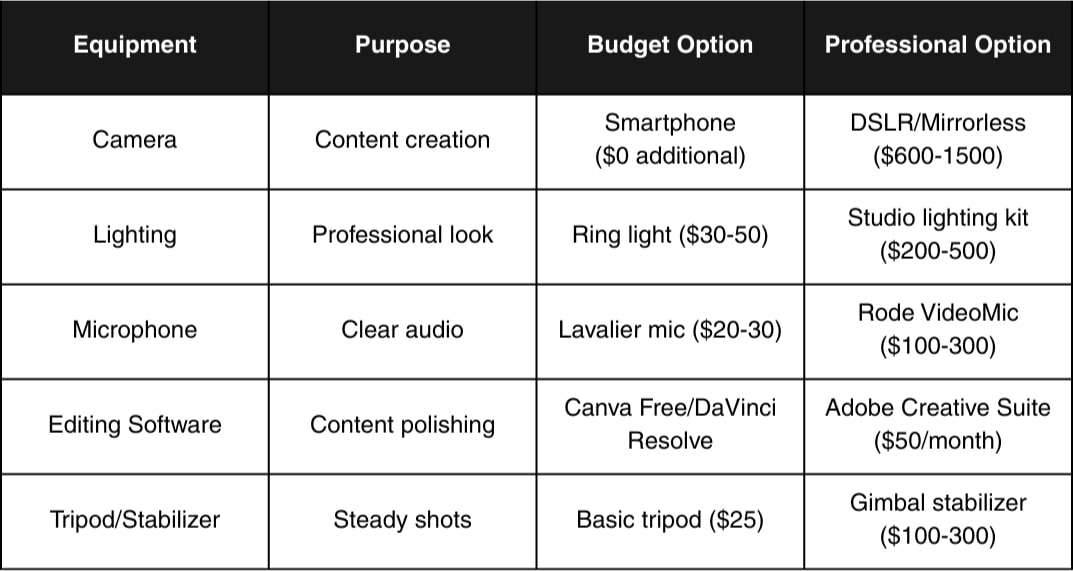
Start with what you can afford and upgrade as your fitness blogger platform grows. Many successful creators began with nothing more than a smartphone and good natural lighting.
6. Develop a Visual Brand Identity
Your visual identity helps you stand out in the crowded fitness blogger space:
- Choose 2-3 brand colors that reflect your fitness philosophy
- Select consistent fonts for all your materials
- Design a simple logo or wordmark
- Develop a signature editing style for photos/videos
- Create templates for common content types
Canva offers free templates specifically designed for fitness content creators that you can customize to match your brand identity.
7. Create Your First Content Pillars
Instead of randomly posting workout tips, organize your content around 3-5 core themes or “pillars.” For example:
- Workout Demonstrations- Showcasing proper form at the demo gym or home
- Nutrition Guidance- Recipes, meal prep, and eating principles
- Mindset & Motivation- Mental aspects of fitness success
- Recovery Techniques- Rest, sleep, and injury prevention
- Behind-the-Scenes- Your personal journey and daily routine
These pillars provide your content with structure and help your audience understand the types of exercise content to expect from your blog fitness platform.
8. Build a Community, Not Just an Audience
The most successful fitness bloggers don’t just accumulate followers—they build engaged communities:
- Respond to comments and DMs consistently
- Create opportunities for audience interaction (polls, questions)
- Feature community members and their success stories
- Organize challenges that members can participate in together
- Consider creating a private community (Facebook group, Discord server)
Community building takes time, but it creates loyal followers who will support your fitness blogger business long-term.
9. Monetize Strategically
While passion is essential, sustainable fitness blogger careers require monetization to maximize the return on your efforts. Consider these revenue streams:
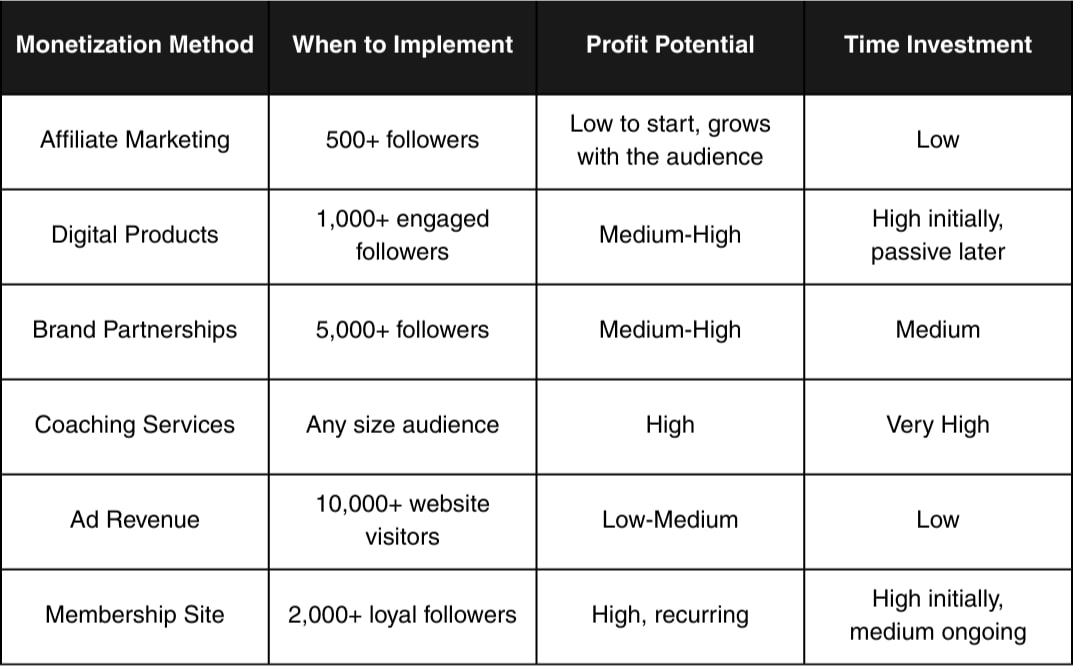
Start with low-barrier monetization methods, such as affiliate marketing, and then expand as your fitness blogger platform grows.
10. Track, Analyze, and Adapt
Use analytics to refine your blog fitness strategy:
- Monitor which content types perform best
- Identify optimal posting times
- Track audience demographics and interests
- Analyze traffic sources and conversion rates
- Test different content formats and topics
Most platforms offer free analytics tools, but you can also use third-party tools like Google Analytics, Later, or Hootsuite for more detailed insights.
Common Challenges Fitness Bloggers Face and How to Overcome Them
1. Content Fatigue
Creating fresh fitness blogger content consistently is a challenging task. Combat this by:
- Batching content creation (create multiple pieces in one session)
- Repurposing content across platforms
- Following industry trends for inspiration
- Documenting your genuine journey rather than manufacturing content
2. Algorithm Changes
Social media algorithms frequently change, affecting blog fitness and visibility. Protect yourself by:
- Building your an email list
- Diversifying across multiple platforms
- Focusing on engagement metrics, not just follower counts
- Creating timeless, searchable content
3. Imposter Syndrome
Many new fitness bloggers feel they’re not qualified enough. Address this by:
- Being transparent about your qualifications
- Focusing on sharing your experience rather than presenting as an ultimate expert
- Continuing your education in fitness and content creation
- Collaborating with certified professionals when discussing specialized topics
4. Monetization Pressure
There’s often pressure to monetize quickly, which can compromise content quality. Instead:
- Focus on building an engaged audience first
- Only promote products you genuinely use and believe in
- Balance free valuable content with premium offerings
- Be patient—sustainable income takes time to build
5. Burnout
The pressure to constantly create, engage, and perform can lead to burnout for fitness bloggers. Prevent this by:
- Setting boundaries around your content creation schedule
- Taking regular social media breaks
- Creating content buffers (2-4 weeks of scheduled posts)
- Remembering your own fitness and wellbeing comes first
The Future of Fitness Blogging: Trends to Watch
As you build your fitness blogger platform, keep an eye on these emerging trends:
- Hyper-Personalization- AI-powered fitness recommendations tailored to individual needs
- Virtual Reality Workouts- Immersive fitness experiences led by influencers
- Integration of Wearable Data- Content that responds to audience health metrics
- Mental Wellness Focus- Holistic content addressing the mind-body connection
- Community-Based Challenges- Group accountability is becoming central to fitness platforms
- Micro-Specialization- Even more niche fitness content for specific audiences
The fitness blogger landscape will continue evolving, but the fundamentals of authenticity, value, and community will remain constant to help you stay relevant.
Your Fitness Blogging Journey Starts Now
Building a successful fitness blogger platform isn’t about overnight fame—it’s about consistent value creation over time. The creators who succeed in the long run are those who:
- Genuinely care about helping their audience
- Stay curious and continue learning
- Adapt to changes in the industry
- Remain authentic even as they grow
- Balance passion with sustainable business practices
Remember that every major fitness blogger started exactly where you are now—with zero followers and a desire to make fitness content that matters. The difference between those who succeed and those who don’t isn’t talent or luck—it’s persistence.
So set up that blog fitness website, film that first workout video, or take that demo gym selfie. Your fitness blogging journey begins with a single piece of content and the commitment to keep showing up.
Frequently Asked Questions
1. Do I need certifications to become a fitness blogger?
While certifications aren’t strictly required to share your fitness journey, they’re highly recommended if you plan to provide specific training or nutrition advice. At a minimum, consider obtaining a basic personal training certification (e.g., ACE, NASM, ISSA) or a nutrition coaching certification. Always be transparent about your qualifications and avoid making medical claims without proper credentials.
2. How much money can fitness bloggers make?
Income varies dramatically based on audience size, engagement, niche, and monetization strategies. Beginning fitness bloggers might earn $500-1,000/month through affiliate marketing and small brand deals. Established mid-tier fitness bloggers (50,000-100,000 followers) often earn $3,000-8,000/month. Top-tier fitness influencers with multiple revenue streams can earn anywhere from $10,000/month to several million dollars annually.
3. How long does it take to build a successful fitness blog?
Most successful fitness bloggers report it took 1-2 years of consistent content creation before seeing significant traction. The first 6 months typically show slow growth as you refine your voice and content strategy. Expect to publish content consistently for at least 12 months before judging whether your approach is working. Remember that “overnight successes” in fitness blogging are typically the result of years of behind-the-scenes work.
4. What equipment do I absolutely need to start a fitness blog?
At a minimum, you need a smartphone with a decent camera and basic editing apps (many of which are free) to create engaging health and fitness content. As you grow, consider investing in a ring light ($30-50), a microphone ($20-100), and eventually better camera equipment. The good news is that authentic content often outperforms highly-produced content, so equipment limitations shouldn’t stop you from starting.
5. How do I deal with negative comments and trolls?
Unfortunately, fitness content often attracts criticism. Establish clear community guidelines and moderate comments accordingly. Distinguish between constructive criticism (which can help you improve) and trolling (which should be deleted). Remember that increased visibility inevitably brings some negativity—many successful fitness bloggers report that negative comments increased proportionally with their success.
6. Do I need to be in perfect shape to be a fitness blogger?
Absolutely not! Many of the most successful fitness bloggers document their ongoing journeys rather than presenting themselves as finished products. Audiences often connect more deeply with content creators who are relatable and show real progress every day over time. The fitness blogging space needs diverse body types and fitness levels represented.
7. How do I approach brands for sponsorships?
Before reaching out to brands, create a media kit highlighting your audience demographics, engagement rates, and content style. Start with brands whose products you genuinely use and love. When pitching, focus on the specific value you can provide to the brand rather than just your follower count. Consider starting with smaller, local brands or affiliate relationships before approaching larger companies.
92% trainers worldwide gave us 5 stars
Talk to your dedicated success manager and launch your branded fitness app during the demo in minutes.
Start your paid subscription for $79 FREE

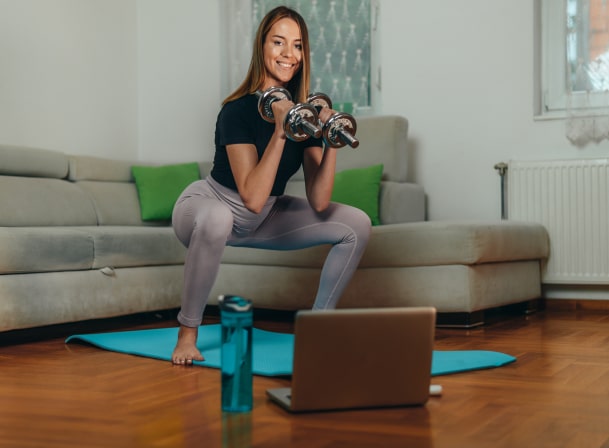

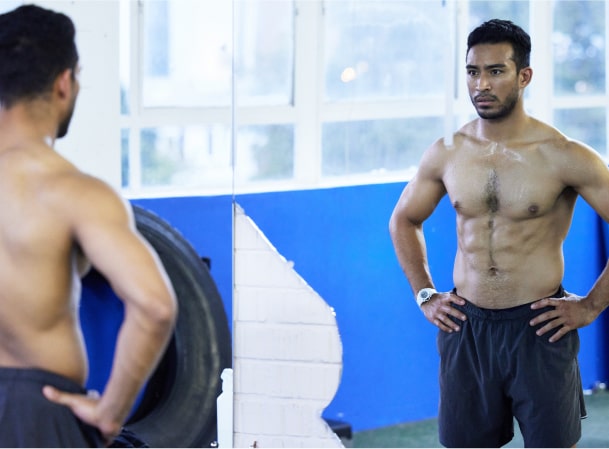

%20to%20Become%20a%20Certified%20Personal%20Trainer-min.jpg)





